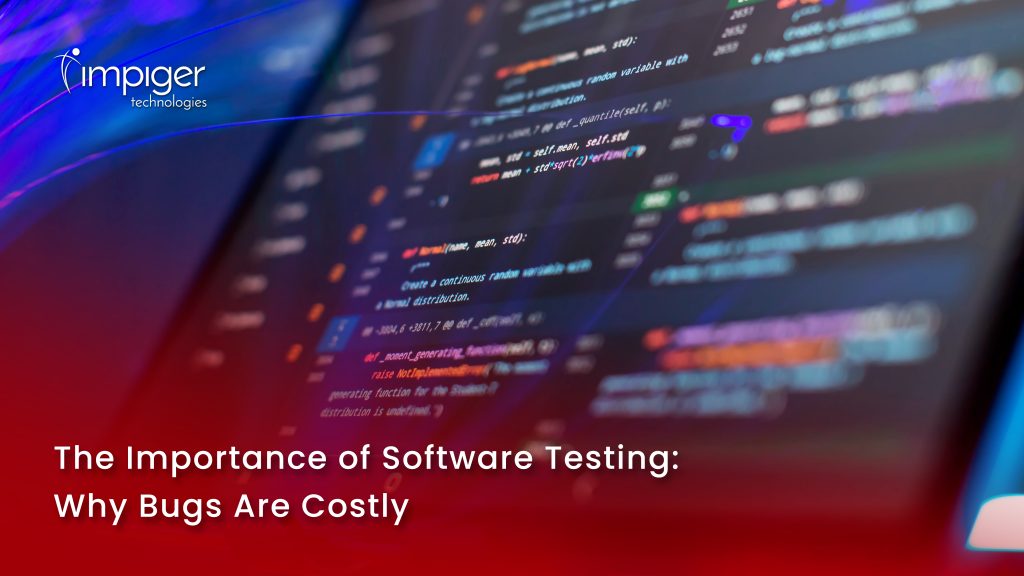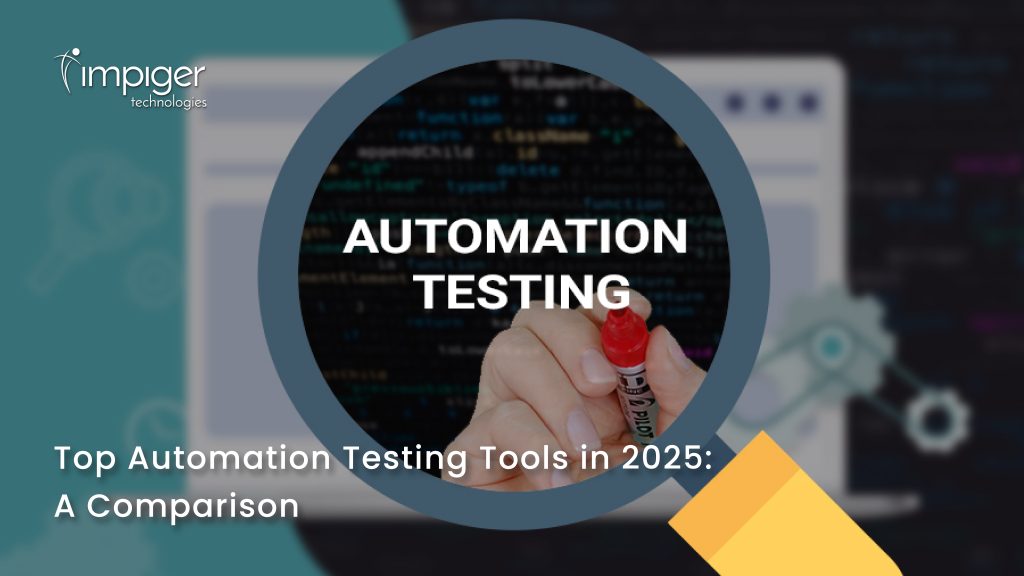In the rapidly evolving landscape of manufacturing and quality control, staying ahead of the curve is crucial for businesses aiming to maintain competitiveness and efficiency. Traditional methods of inspection management have served their purpose well, but the future holds even more promising solutions with the integration of predictive analytics and AI-driven technologies. In this blog, we’ll explore the exciting potential of these advancements in revolutionizing inspection management systems.
The Evolution of Inspection Management
Traditionally, inspection management involved reactive approaches, where issues were identified and addressed after they occurred. While this served its purpose, it lacked the proactive capabilities needed to prevent problems before they arose. Enter predictive analytics and AI-driven solutions, which are changing the game by enabling manufacturers to anticipate and mitigate issues in real-time.
The Power of Predictive Analytics
Predictive analytics harnesses the power of historical data, advanced algorithms, and machine learning to forecast future events or behaviors. In the context of inspection management, predictive analytics can analyze data from various sources, including equipment sensors, production processes, and historical inspection records, to identify patterns and trends. By detecting anomalies and predicting potential issues before they occur, manufacturers can take proactive measures to prevent defects, optimize maintenance schedules, and ensure uninterrupted production.
AI-Driven Solutions in Inspection Management
Artificial intelligence (AI) is revolutionizing inspection management by automating processes, enhancing decision-making, and optimizing efficiency. AI-powered technologies, such as machine vision, natural language processing, and cognitive automation, are transforming the way inspections are conducted and analyzed. For example, machine vision systems can rapidly analyze visual data to detect defects with unparalleled accuracy, while natural language processing algorithms can interpret inspection reports and provide actionable insights in real-time. Additionally, cognitive automation can streamline repetitive tasks, such as data entry and report generation, freeing up valuable time for inspectors to focus on more strategic activities.
Future Trends to Watch
As technology continues to advance, several key trends are shaping the future of inspection management systems:
- Integration of Edge Computing: Edge computing enables data processing to occur closer to the source, reducing latency and enabling real-time decision-making. By deploying edge computing solutions in inspection management systems, manufacturers can analyze data on-site, minimize reliance on centralized systems, and enhance operational efficiency.
- Expansion of Digital Twins: Digital twins, virtual replicas of physical assets or processes, are gaining traction in inspection management. By creating digital twins of manufacturing equipment and processes, manufacturers can simulate various scenarios, identify potential issues, and optimize performance in a virtual environment before implementing changes in the real world.
- Advancements in Augmented Reality (AR): Augmented reality technologies are transforming the way inspections are conducted by overlaying digital information onto the physical world. With AR-enabled devices, inspectors can access real-time data, visualizations, and instructions directly within their field of view, enhancing productivity, accuracy, and collaboration.
- Enhanced Integration with Enterprise Systems: Inspection management systems are increasingly integrating with other enterprise systems, such as ERP (Enterprise Resource Planning) and MES (Manufacturing Execution Systems), to streamline data exchange and enable end-to-end visibility. By integrating inspection data with broader manufacturing processes, manufacturers can optimize resource allocation, improve decision-making, and drive continuous improvement initiatives.
Benefits of Embracing Predictive Analytics and AI in Inspection Management
Embracing predictive analytics and AI-driven solutions in inspection management offers numerous benefits for manufacturers, including:
- Proactive Issue Identification: Predictive analytics enables manufacturers to identify and address potential issues before they impact production, reducing downtime and minimizing disruptions.
- Optimized Maintenance: By predicting equipment failures and scheduling maintenance proactively, manufacturers can minimize unplanned downtime, extend asset lifecycles, and reduce maintenance costs.
- Improved Quality: AI-driven technologies, such as machine vision and cognitive automation, enhance inspection accuracy and consistency, leading to higher product quality and customer satisfaction.
- Enhanced Efficiency: Automation of repetitive tasks and real-time data analysis streamline inspection processes, enabling inspectors to focus on high-value activities and improving overall operational efficiency.
- Data-Driven Decision Making: Predictive analytics and AI-driven insights empower manufacturers to make informed decisions based on real-time data, enabling continuous improvement and optimization of production processes.
Final Thoughts
The integration of predictive analytics and AI-driven technologies is revolutionizing inspection management systems, empowering manufacturers to anticipate, identify, and address issues in real-time. By harnessing the power of data and advanced analytics, manufacturers can optimize maintenance schedules, improve product quality, and enhance operational efficiency. As technology continues to advance, the future of inspection management holds immense promise, with predictive analytics and AI-driven solutions leading the way towards smarter, more efficient, and more resilient manufacturing operations.
Blog Reviewed by Kumaresan Selvaraj











